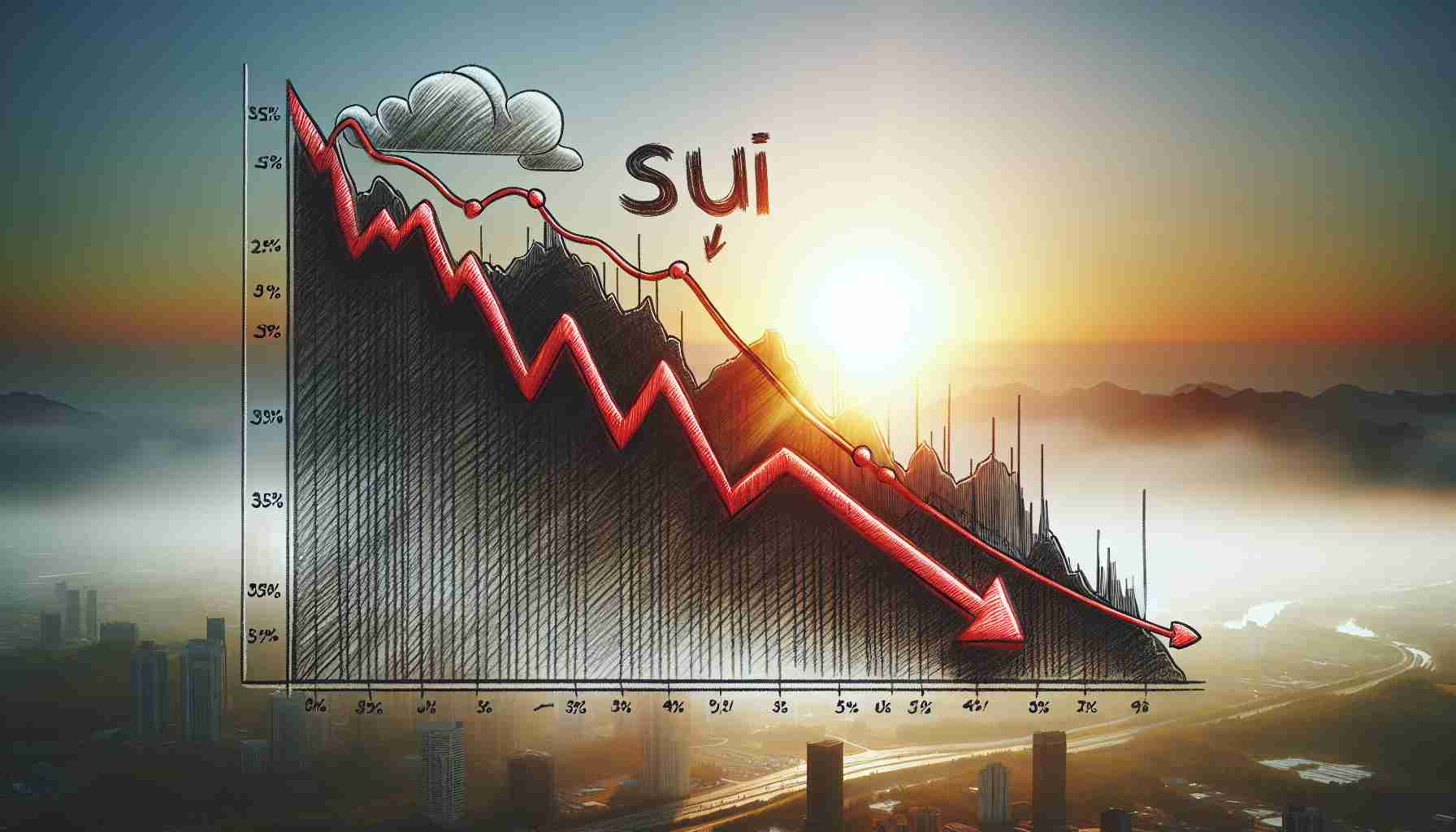- A magnitude 4.5 earthquake in Iran on October 5, 2024, sparked baseless claims of a nuclear test.
- Investigation by Johns Hopkins University confirmed the quake was due to natural tectonic activity.
- Social media amplified misinformation, twisting seismic data to support false narratives.
- False claims emerged just 17 minutes after the quake, referencing unrelated seismic events.
- The incident underscores the urgent need for rapid scientific communication to combat misinformation.
- Collaboration between scientists and social media platforms is vital to ensure accurate information spreads quickly.
On October 5, 2024, a magnitude 4.5 earthquake rattled Iran, igniting a wildfire of speculation and controversy. Within mere minutes, social media exploded with allegations that the seismic event was a covert nuclear test. Panic spread like wildfire, feeding conspiracy theories, despite scientists asserting the quake was a natural occurrence rooted in tectonic activity.
A meticulous investigation by experts from Johns Hopkins University has since dismantled these claims. With advanced seismic data analysis, they confirmed that the quake originated from the collision of the Arabian and Eurasian tectonic plates, characterizing the region’s geological activity. Rather than explosive tests, the seismic waves revealed a natural reverse fault, aligning perfectly with past events in the area.
In an unsettling twist, the misinformation intensified rapidly after the quake, with social media users twisting seismic data to support the nuclear narrative. Just 17 minutes post-event, the first tweets proposing the nuclear angle surfaced, drawing on unrelated seismic data from Armenia. Unfortunately, this falsehood transcended platforms, with global news outlets mistakenly amplifying the story.
The study highlights a pressing need for rapid scientific responses to combat misinformation. Researchers advocate for a swift, coordinated effort among scientists to ensure accurate information circulates swiftly. They emphasize collaboration between social media platforms and geophysical experts to stem the tide of false narratives.
The key takeaway? In our digitally driven world, misinformation can escalate quickly, making timely, accurate scientific communication essential to dispel harmful myths.
Unraveling the Earthquake Conspiracy: Facts vs. Fiction!
New Insights and Information
The earthquake that struck Iran on October 5, 2024, serves as a stark reminder of the power of misinformation and the need for robust scientific communication. Here are some new, relevant insights related to the incident and its broader implications:
1. Enhanced Seismic Monitoring: Following the Iran earthquake, advancements in seismic monitoring technologies are anticipated. Researchers are focusing on improving real-time data sharing and predictive modeling to better understand seismic threats and enhance public safety.
2. Public Awareness Campaigns: In light of the misinformation issues stemming from the event, organizations are launching public awareness campaigns to educate citizens about seismic activities and the difference between natural events and human-induced phenomena, such as nuclear tests.
3. Social Media Policies: Platforms like Twitter and Facebook are increasingly aware of their role in spreading misinformation. Discussions are emerging about developing stricter policies and tools for detecting and mitigating false narratives related to natural disasters.
4. Cross-disciplinary Collaborations: There’s a growing trend of collaboration between geophysicists and communicators to formulate strategies that ensure accurate information reaches the public swiftly, especially during a crisis.
5. Global Earthquake Preparedness Initiatives: The incident has spurred international dialogues about earthquake preparedness, leading to more coordinated efforts in researching regional risk factors and sharing findings globally.
Key Questions Answered
1. What do experts say about the nature of the Iranian earthquake?
Experts from Johns Hopkins University confirmed that the 4.5 magnitude earthquake was a natural occurrence resulting from tectonic plate movements, specifically the collision of the Arabian and Eurasian plates. Their analysis type identified the event as a natural reverse fault, consistent with historical seismic activity in the area.
2. How can misinformation around seismic events be mitigated?
Misinformation can be countered by fostering rapid scientific communication and collaboration between experts and social media platforms. Initiatives to educate the public on earthquake science, as well as developing algorithms to flag misleading information quickly, are essential steps.
3. What role does social media play in the spread of misinformation during natural disasters?
Social media significantly influences how information spreads during disasters. The Iranian earthquake illustrates how quickly rumors and false interpretations can gain traction, underscoring the need for responsible sharing of information and the importance of verifying claims through reputable sources.
Related Links
For more insights on seismic activities and misinformation:
US Geological Survey
Johns Hopkins University
World Health Organization













